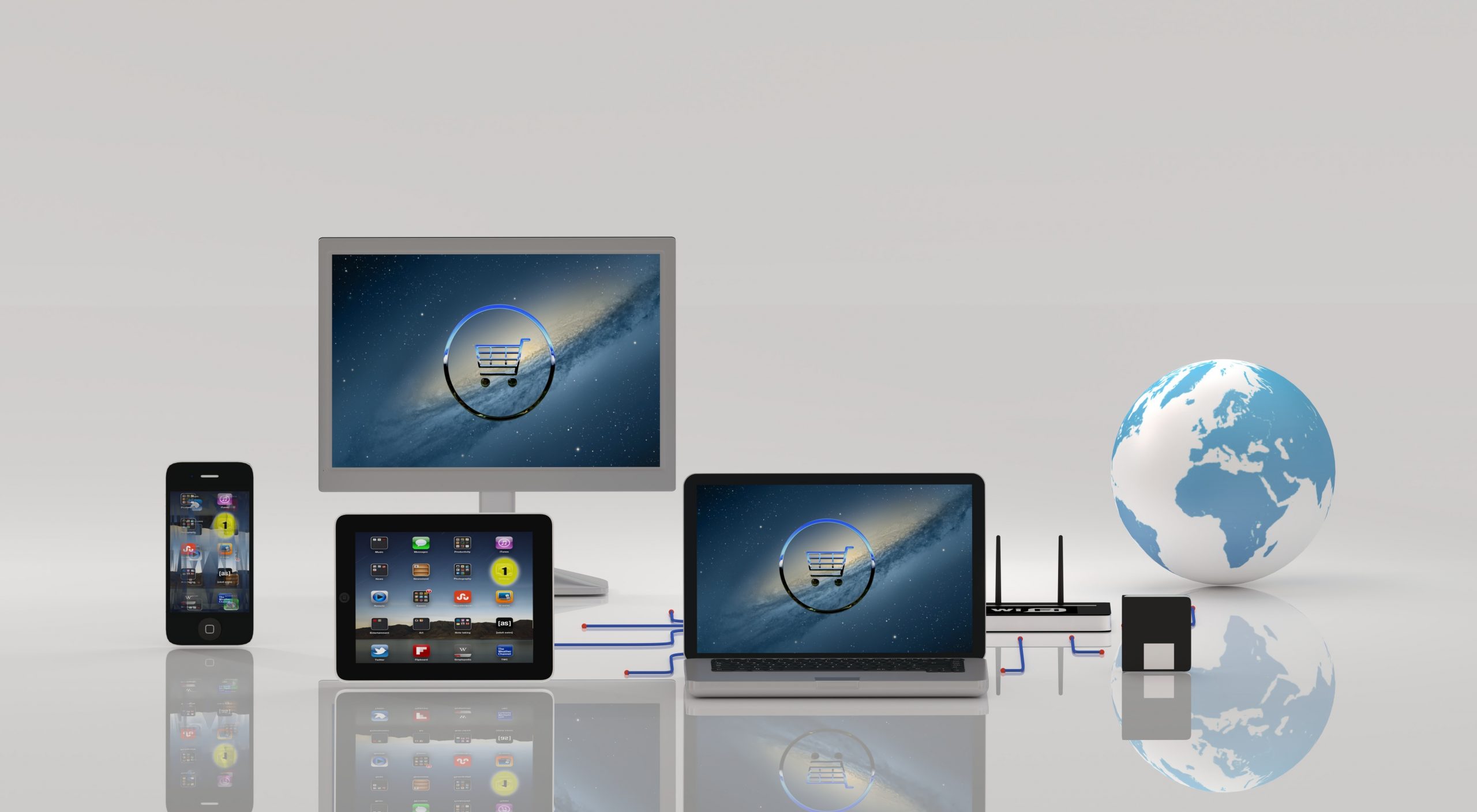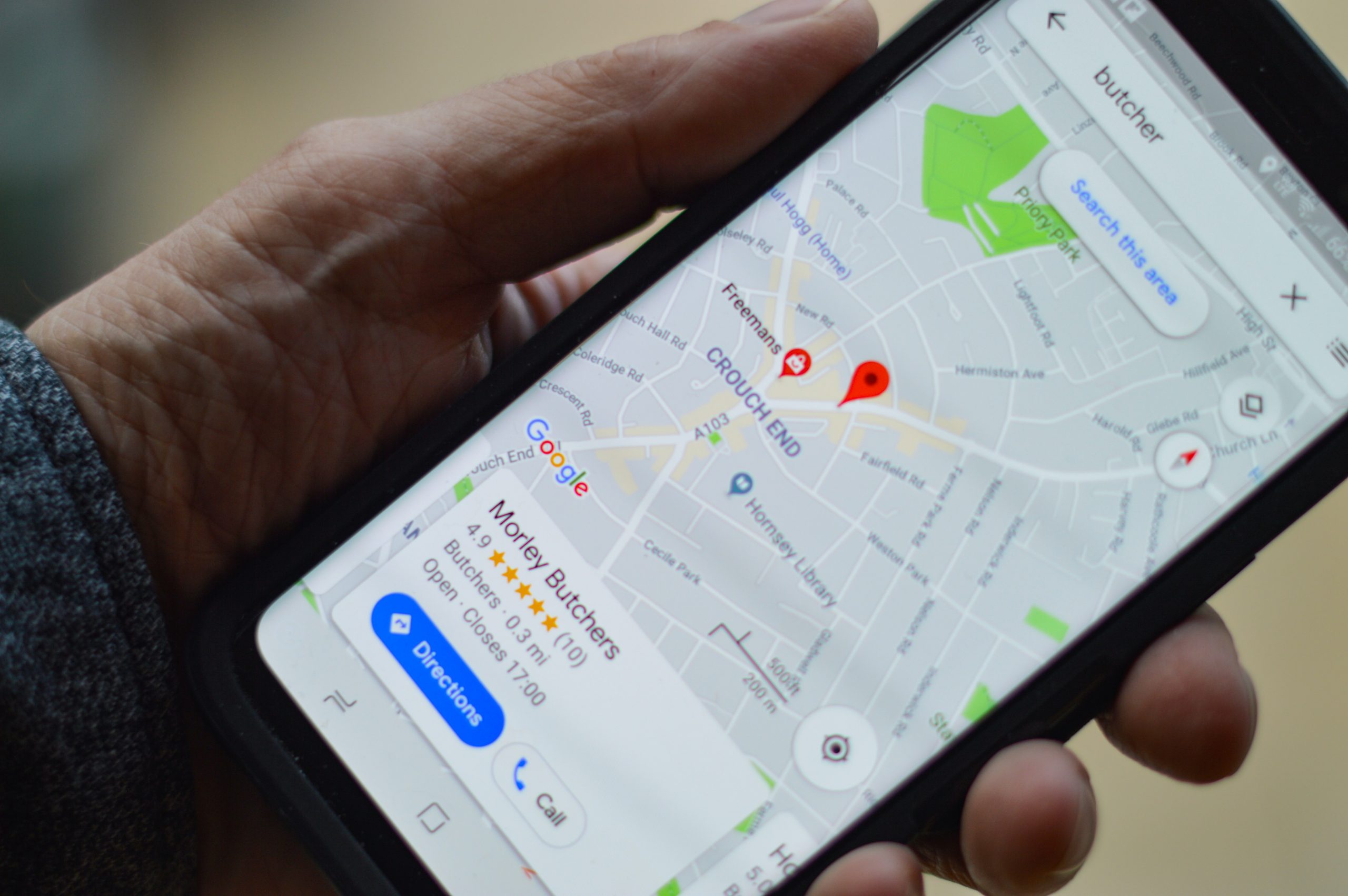- Solutions
-
-

Solutions
Perfect eCommerce solutions for any business. We provide customized solutions for B2B and B2C businesses across multiple industries.
Learn more
-
-
- Products
-
-

Products
Streamline backend operations, improve inventory management, and more with our business management software.
Learn morePLATFORM
-
-
- Services
-
-

Services
We go beyond software to provide the customizations, services, and support your business needs.
Learn more
-
-
- Industries
-
-

Industries
Business management software tailored to meet the needs of specific industries, including industry-specific regulations.
Learn moreINDUSTRIES
-
-
- Resources
-
-

Resources
Learn more about business management software and the latest developments in the industry.
Learn more
-
-

August 11, 2020
Based on current trends in consumer spending, by 2040, nearly 95% of purchases will take place through eCommerce. However, the current buzzword among online businesses and analysts is eCommerce, or mobile commerce. What is mobile commerce, and how could it impact your business?
The growth of mobile commerce is part of the larger trend in which consumers have turned away from traditional brick-and-mortar retailers and toward eCommerce, or shopping online. With mobile commerce growth, consumers are now even turning away from online shopping using desktops. Instead, consumers are increasingly making purchases on mobile devices such as tablets and smartphones. These purchases are often made using mobile commerce apps or cell phone apps, although mCommerce also includes purchases made using an internet browser.
While eCommerce and mCommerce have similarities, there are a few definite differences between them. Retailers must handle the needs and desires of mCommerce and eCommerce shoppers differently to maximize sales from both channels.

Explaining eCommerce and mCommerce
Since 1991, it has been possible to facilitate transactions via the World Wide Web. However, eCommerce didn’t catch on until 2000. It was early in 2000 that many U.S. and European companies began offering safe and convenient online purchasing options. In recent years, eCommerce has begun to replace traditional brick-and-mortar stores. In the simplest terms, eCommerce encompasses any transaction or sale that takes place over the internet.
Mobile commerce, also known as mCommerce, is a subdivision of eCommerce, since it involves transactions that occur online. However, it does not capture all transactions that happen over the internet. Instead, it only encompasses commerce in which the purchaser utilizes a mobile device. This definition, however, gets a little murky because some authorities include different devices in their definitions of “mobile device.” Some authorities define a “mobile device” as a smartphone or handheld device, while other definitions also include laptop computers. Issues like this are unsurprising given the newness and quick increase in popularity of mCommerce.
Mobility is the primary difference between eCommerce and mCommerce. As implied, mCommerce must occur on a device that is readily mobile, and according to some definitions, also handheld.
Stark Differences Between These Two Methods of Commerce
So mCommerce falls underneath the broader umbrella term of eCommerce, meaning there shouldn’t be any other differences, right? Not quite. For consumers, the experiences should be similar. However, for businesses, purchases made using mobile commerce apps or on mobile devices come with various benefits and challenges.
A businesses exploring the differences between eCommerce and mCommerce should focus on the following issues:
How to reach your audience
The ease of processing transactions
Providing relevant and accurate content and recommendations
Ensuring that all transactions are secure
Each of these issues requires a different solution for eCommerce and mobile commerce. After examining the factors that affect each of these potential concerns, you can decide whether your business is ready to handle mCommerce.

Consumer Access and Audience Reach
Nearly every company has a goal of reaching its target audience, which is easier with mobile commerce compared to traditional eCommerce. eCommerce relies on someone being connected to the internet.
When you look at traditional eCommerce and exclude mobile devices, it requires that your audience must have access to a computer or other non-mobile internet-capable device. That’s a specific requirement for reaching audiences, and even in this modern age, companies may have a difficult time reaching consumers on a desktop computer. Eighty-one percent of Americans own a Smartphone, according to the Pew Research Center. In addition, roughly one-fifth of American adults have a Smartphone but lack home broadband service, making them “smart-phone only” internet users. Those are potential customers that a company might overlook if they focus only on eCommerce without paying attention to mCommerce options.

Location and GPS Capability
mCommerce delivers something unique to sales and marketing teams, something that could have a considerable impact: location tracking. While standard eCommerce may provide general location data such as zip codes, mCommerce can offer live geolocation data because of Wi-Fi and GPS technology.
What does that mean for businesses? With a mobile app, you can alert users through a notification based on their real-time location. While using location and GPS data in sales and marketing is new, it should create enormous opportunities for companies engaged in mCommerce.
Consumer and Business Security
The Consumers International Summit in 2019 exposed what many businesses had long suspected, namely, that 77% of consumers consider security concerns when making a purchase. For eCommerce-based companies, this is a huge hurdle to overcome. After big security scandals with well-known brands such as Target and Facebook, customers may be hesitant to provide the basic information necessary to complete a transaction. Often this suspicion lies with the brand handling their payment, and not just in providing personal data.
mCommerce has an edge when it comes to security. With the use of mobile-optimized webpages and apps, mCommerce most often redirects consumers to payment platforms that they already trust, such as Samsung Pay, Apple Wallet, or PayPal. These well-known platforms provide a high level of consumer protection.

mCommerce the Future of eCommerce
Many companies are making quick jumps to become mobile-capable but aren’t taking the appropriate steps necessary to fully benefit from mCommerce. You can easily see this with webpages that are somewhat mobile-optimized, such as sites that look nice until you go to check-out. Other mobile apps or cell phone apps allow consumers to shop, then divert their customers to a web browser to complete any transaction.
It is possible to create a well-designed mobile-optimized webpage that includes secure checkout and shopping. However, mobile commerce apps or phone apps generate more revenue than mobile-optimized websites. Companies interested in mCommerce should explore mobile app opportunities that make it even easier and more reliable for consumers.
Contact CertiPro
CertiPro aids companies in cultivating their online channels and presence. Through the use of eCommerce and now mCommerce solutions, the CertiPro team can help your company keep up with changing trends and consumer expectations by helping manage your operations through advanced software applications. Contact CertiPro to learn more about the options available to you.
Send us a message
Please fill out the form below and one of our associates will contact you shortly.
Training and optimization available for current Sage software

